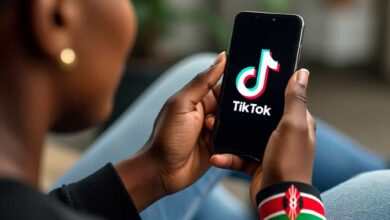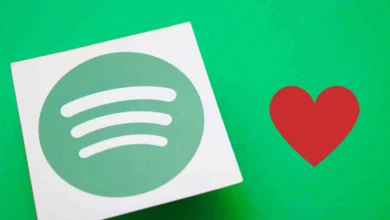Instagram is Intentionally Lowering Your Content Quality

If you’ve been uploading content on Instagram, especially high-resolution reels, you may have noticed a surprising dip in quality – even if you recorded and uploaded in 4K. Instagram, it turns out, is intentionally lowering the quality of some videos, a move confirmed by Instagram head Adam Mosseri in a recent Threads post.
In a video, Mosseri explains: “In general, we want to show the highest-quality video we can… But if something isn’t watched for a long time—since the majority of views typically happen early on—we’ll downgrade the quality. If it starts gaining traction again, we’ll re-render it in higher quality.”
Essentially, Instagram prioritizes better quality for videos that perform well, particularly those from creators who consistently drive high engagement. This practice has sparked debate, with some creators feeling it unfairly disadvantages those who rely on content creation for their livelihood. Many invest significant time and resources into producing polished content, only to have it appear less sharp when it doesn’t immediately gain views. Mosseri, however, argues that engagement on Instagram often depends more on a video’s content than its resolution. “Quality tends to matter more to the creator themselves, who might be more likely to delete a poor-looking video, than to their viewers,” he added.
So, why reduce video quality only to increase it later if a video takes off? Meta, Instagram’s parent company, explained in a blog post that the surge in video consumption has put massive demands on its servers, with Facebook alone reaching around 4 billion video streams daily. To manage this load and save on resources, Meta applies fast, basic encoding to fresh uploads, reserving advanced processing for videos that gather significant watch time. Once a video achieves high engagement, it’s reprocessed at the highest quality. This approach ensures that videos from popular creators look their best while conserving resources for the platform.
For smaller creators, this policy can be frustrating. Many feel that the system disproportionately favors larger creators or those with existing followings, putting those with fewer initial views at a disadvantage when it comes to video quality. Instagram, however, defends its approach, stating that quality adjustments are part of its resource management strategy, designed to handle the massive volume of content uploaded daily.
Another aspect of Instagram’s quality management is connection-based. Users with slower internet connections might automatically receive lower-quality videos to ensure smoother playback. This helps improve the experience for viewers, but it means that videos could appear in different qualities depending on the connection speed.
Instagram has acknowledged the importance of balancing resource efficiency with fairness to all creators and has emphasized that user feedback continues to play a role in how it develops these policies. While some creators remain concerned about the potential impact on engagement, Instagram maintains that it prioritizes content quality where it matters most – on the videos that are most watched.







